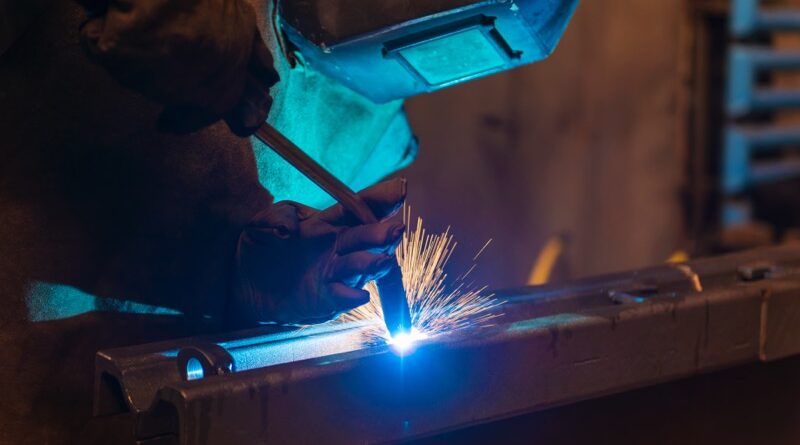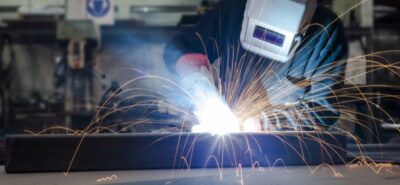Types of Welding Clamps: Choosing the Right One for Your Project
In our previous article, we discussed the importance of using clamps in welding. Now, let’s delve deeper and explore the various types of welding clamps available in the market and how to choose the right one for your specific welding project.
1. C-Clamps: C-clamps are versatile and commonly used in welding. They have a C-shaped frame and are ideal for holding two workpieces together at a 90-degree angle. These clamps come in various sizes, allowing for a wide range of applications, from small-scale DIY projects to heavy industrial welding tasks.
2. F-Clamps: F-clamps, also known as bar clamps, have an F-shaped frame and a sliding jaw that can be adjusted along the length of the bar. These clamps are excellent for securing large or oddly shaped workpieces. They provide a long reach and are suitable for projects where a C-clamp might not be practical.
3. Locking Pliers (Vise-Grips): Locking pliers, commonly known as Vise-Grips, are adjustable pliers that can be locked onto the workpiece. They are useful for holding small pieces together or securing materials in tight spaces. Welders often use them for temporary clamping during tack welding.
4. Pipe Clamps: Pipe clamps consist of a length of pipe with adjustable clamping heads on each end. They are perfect for clamping round or irregularly shaped objects. Pipe clamps are widely used in metalworking and woodworking and can be adapted for various welding applications.
5. Quick-Release Clamps: Quick-release clamps are designed for rapid clamping and releasing of workpieces. They are ideal for projects that require frequent adjustments or when time is of the essence. These clamps save valuable time during setup and are popular in busy workshops.
Choosing the Right Clamp: When selecting a welding clamp, consider the following factors:
- Size: Choose a clamp size that matches the dimensions of your workpieces. A clamp that is too small won’t provide adequate grip, while an oversized clamp might not hold smaller pieces securely.
- Material: Opt for clamps made from durable materials like steel or cast iron. These materials offer strength and stability, ensuring the clamp can withstand the welding process’s heat and pressure.
- Throat Depth: Consider the throat depth, which is the distance from the screw to the frame. A deeper throat allows the clamp to reach further into the workpiece, providing better clamping options, especially for larger materials.
- Clamping Pressure: Different clamps offer varying clamping pressures. For delicate materials, choose clamps with adjustable pressure settings to avoid damaging the workpiece.
- Ease of Use: Look for clamps with ergonomic handles and smooth adjustment mechanisms. Easy-to-use clamps enhance workflow efficiency and reduce fatigue during prolonged welding sessions.
In conclusion, selecting the right welding clamp is crucial for the success of your welding projects. Assess your specific needs, considering the type and size of the workpieces, and choose clamps that offer the right combination of size, material, throat depth, clamping pressure, and ease of use. By investing in quality clamps tailored to your requirements, you’ll ensure precise, stable, and secure clamping, leading to high-quality welds and successful outcomes in your welding endeavors.



